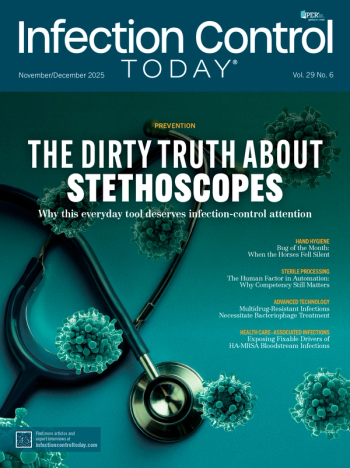
CDC's Antimicrobial Resistance Special Report Details Dramatic Increases
The report addresses how the US’s decisions on the pandemic generally increased antimicrobial resistance, and the Centers for Disease Control and Prevention (CDC) recommendations for the future.
Although antimicrobial resistance infections went down steadily between 2017 and 2019, since the beginning of the pandemic in early 2020, the rates for AR infections have steadily increased. The decrease before the pandemic was, in part, due to the CDC’s emphasis on the importance of identifying and containing threats before they could spread. During the pandemic, however, with the focus on SARS-CoV-2, the threat of AR infections has been exacerbated by antibiotics being given—incorrectly—to nearly 80% of COVID-19 patients.
To address this concern, the CDC recently released a comprehensive 44-page report titled, “
“We need everyone to hear that message loud and clear [that] antimicrobial resistance certainly did not go away during the pandemic. And this report demonstrates that, not only did it not go away, it actually got worse,” Captain Arjun Srinivasan, MD, Deputy Director for Program Improvement for the Centers for Disease Control and Prevention told Infection Control Today® (ICT®) in an exclusive interview.
Srinivasan told ICT® about the recommendations the CDC gives in the report on how to handle both AR and an emerging threat, such as COVID-19, simultaneously. “We have to build stronger public health data systems that will facilitate rapid exchange of information between the healthcare sector where that information is being gathered and public health officials who can you use that information to help bring resources to bear to solve problems, and then to get a better picture of where our problems actually are.”
Srinivasan also examines the increased use of electronic reporting, including for antibiotic use and resistance. “This is a big focus for CDC with our National Healthcare Safety Network. We do have the capability of monitoring antibiotic use and resistance fully electronically. And there are over 2400 hospitals that are submitting their antibiotic use data and more than 1000 hospitals that are submitting antibiotic resistance data to CDC. What an incredible start; we need to see all hospitals reporting that information that would give us such an important picture of antibiotic resistance in this country.”
Newsletter
Stay prepared and protected with Infection Control Today's newsletter, delivering essential updates, best practices, and expert insights for infection preventionists.





